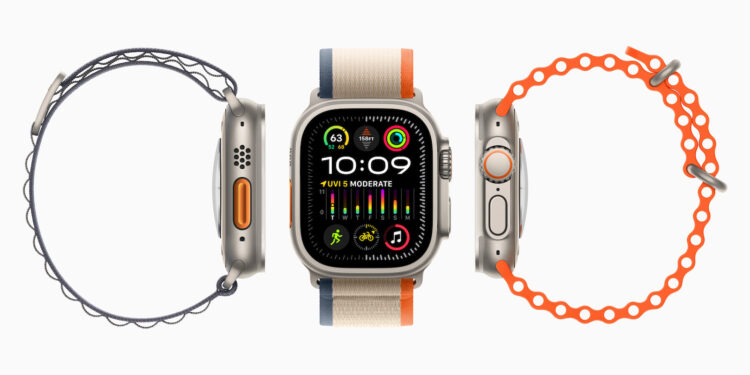In the dynamic world of technology, innovation and groundbreaking projects often come with high risks. Companies invest billions to develop the next generation of devices that are supposed to revolutionize the market. But what happens when such a project is abruptly stopped? That's exactly what happened when Apple decided to stop developing a microLED version of the Apple Watch. This decision has far-reaching consequences, especially for the supplier LG, which is now demanding compensation from Apple.
In the modern technology landscape, Apple and LG are two giants that regularly collaborate to bring innovative products to market. While Apple is often perceived as the driving force behind new technologies, it is the suppliers like LG that handle much of the engineering and manufacturing. This symbiosis usually works well, but Apple's recent decision to cancel a promising project has created tension between the two companies.
microLED for the Apple Watch: Opportunities and Challenges
Apple, known for its innovativeness, originally planned to equip the Apple Watch with microLED technology. This technology promised numerous advantages over the currently used OLED technology, including brighter displays, improved color accuracy, and greater energy efficiency. microLED was expected to represent the next stage in the development of wearable devices and once again catapult Apple to the forefront of technological advancements. LG, as one of Apple's main suppliers, invested significant resources in preparing for this project. The company secured patents, relocated equipment, and recruited skilled personnel to ensure the production of the microLED displays for the Apple Watch. These investments amounted to hundreds of billions of won, which underscores the importance and scope of the project. However, despite the potential benefits, Apple decided to cancel the project. The reason: the production costs of microLED were simply too high to justify its integration into the Apple Watch.
Production difficulties and financial losses for LG
In addition, significant challenges in the manufacturing process emerged that would have made it difficult to produce the displays in the required quantities. For LG, this decision had devastating financial consequences. The preparations for the project had not only led to sunk costs but also potential claims from equipment partners who had also invested in the project. What is particularly problematic is that many of these investments were made without formal contracts, which further complicates the situation for LG. Now LG is demanding compensation from Apple for the costs incurred, that reported The Elec. This demand raises questions about the responsibility and risks that suppliers take when they embark on such a large and complex project. Apple faces a challenge in how to handle this situation, as a negative response could damage not only its relationship with LG but also the company's image.
Apple Watch with microLED: An abrupt end with far-reaching consequences for Apple and LG
The cancellation of the microLED project for the Apple Watch is a striking example of how quickly dynamics can change in the technology industry. For LG, Apple's decision is associated with significant financial losses, which the company is now trying to compensate for. At the same time, this incident shows how important it is for suppliers to protect themselves contractually before making significant investments. For Apple, the challenge remains to find a balance between innovation and profitability. Technological progress always brings risks, and not every project becomes a successful product. However, the way Apple and LG resolve this conflict could have an impact on future partnerships and the development of new technologies. (Image: Apple)





